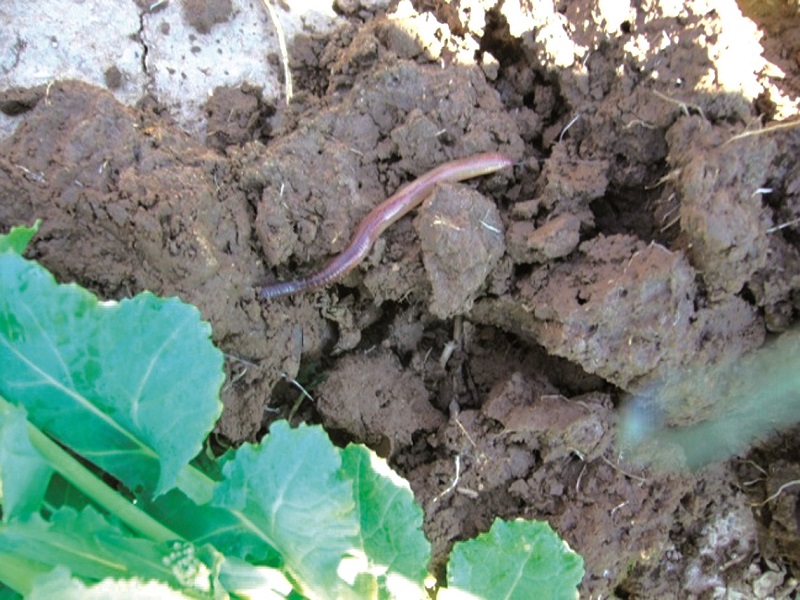
Some 38% of arable soils across England and Wales are degraded according to a new, easy-to-use ‘soil health’ measure developed by scientists led by Rothamsted Research. This is compared with less than 7% of grassland and woodland soil using the same analysis methodology.
Developed from the findings of a number of European studies, their index classifies soils by the proportion of organic matter versus clay that they contain, and is a good predictor of how much carbon they can take up and store – vital in the fight against climate change – as well as a general indicator of how well they are functioning.
The data behind the index is based on a national soil survey of more than 3,800 soils and, although the samples were collected between 1978 and 1983, the information gleaned from the soil samples is by no means ‘past its sell-by date’. This is because, according to lead author and PhD student, Jonah Prout, changes in soil carbon take time – so the message of these results is likely to still apply today.
“Soil carbon is vital for the proper functioning of soil, but its absolute value alone is not always a true reflection of a soil’s health due to the very varied nature of different soils. By analysing a wide range of soils, we were able to test this index as an indicator of soil structure – of key importance to soil functioning – and a measure of whether a soil needs improving.”
The ratings are largely independent of climate, soil type or the type and amount of vegetation growing on it. This provides a true indication of the status of the soil, he added.
The index, based on two routinely taken soil measurements and easily implemented for any field in England and Wales, could help farmers or policymakers improve the vital natural services soils provide, such as food production, flood protection and carbon storage.
The index is calculated by measuring the proportion of soil carbon to soil clay, with samples then categorised based on this value as ‘very good’, ‘good’, ‘moderate’ or ‘degraded’.
Soils where there is at least 13 times more clay than carbon are rated as ‘degraded’, whilst those with less than 8 times the amount of clay compared to carbon are regarded as ‘very good’. On this scale, soil from 38.2% of arable, 6.6% of grassland, and 5.6% of woodland sites were in the poorest conditions.
Arable soils become degraded through regular ploughing, when not enough organic matter is added, and in some case when soil organic matter is washed away. The shift from carbon and nitrogen rich manure to zero carbon ammonia-based fertilisers dating back to the Victorian era has also had a significant impact on the properties of arable soils when compared to their original grassland state.
The new index should help farmers to quickly and easily identify which soils need attention in order to redress these deficiencies.